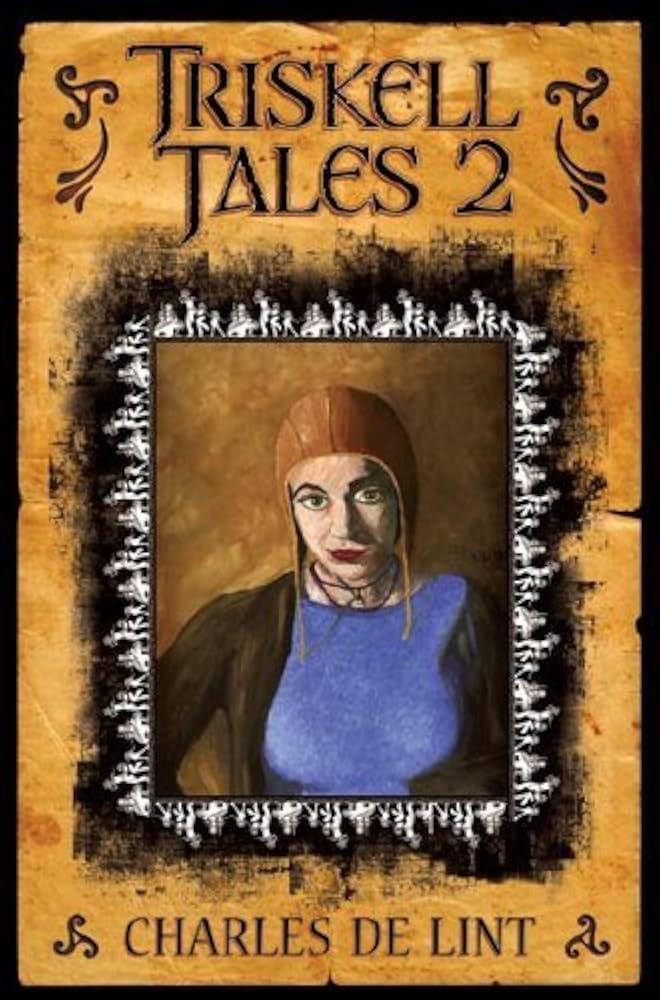In 2000, Subterranean Press published Triskell Tales – 22 Years of Chapbooks, by noted fantasy author Charles de Lint. This book collected together for the first time a series of chapbooks that de Lint had self-published, many as Christmas letters, from 1974 to 1999. It was a hefty book—over 500 pages— published as a signed, limited edition of 2,000 copies, at a cover price of $40.

In 2006, Subterranean Press published the “sequel,” Triskell Tales 2, containing six more years of chapbooks. The trade hardcover edition was listed at $40, and a deluxe limited edition at $125, all for a much slimmer book. In retrospect this seems like a money-grab, but I’ve never been too fond of the multiple state business plan for small press books. Either publish them without signatures in a moderate number of copies, like Arkham House or Golden Gryphon (usually around 2,000 copies), or a smaller set that’s signed by the author. The idea of “numbered, lettered, limited” variations just comes across as annoying. Do they need the more expensive books to subsidize the lower priced ones? Is it just a way to bump up profits? Don’t know, but I still find it annoying.
For many years I owned a copy of the first volume of Triskell Tales. When copies of the second book appeared for sale, they were usually well above my price point. A few weeks ago I came across a copy of the trade edition of Triskell Tales 2 at a reasonable price. There are seven tales in the book, along with an introduction. Two of the stories have brief “author’s notes” at the end.
Looking back, 2006 seems a long time ago now. Much has changed in the world since then, in real life as well as in publishing. Are there other “triskell tales?” Perhaps. Will they appear in collected form like these two books? Perhaps not. The past few years de Lint has experienced some personal issues, with his wife falling ill in 2021, then passing away in 2024 after many years battling the Powassan virus.
There’s been a vast gap of almost two decades since I last read any of my many de Lint books, and while I believe I possess more than half of his books, there’s still a vast number of them yet to find. Maybe his stories belong to a different time, a happier age, both in terms of fiction and reality. They are hopeful stories, serious stories, a type of fantasy unique to the late twentieth century.